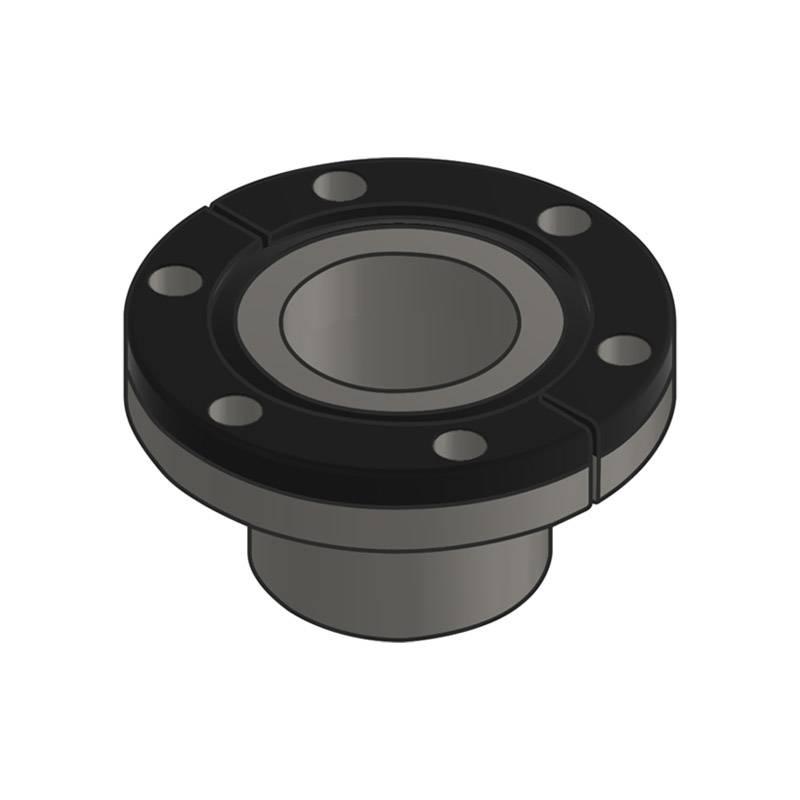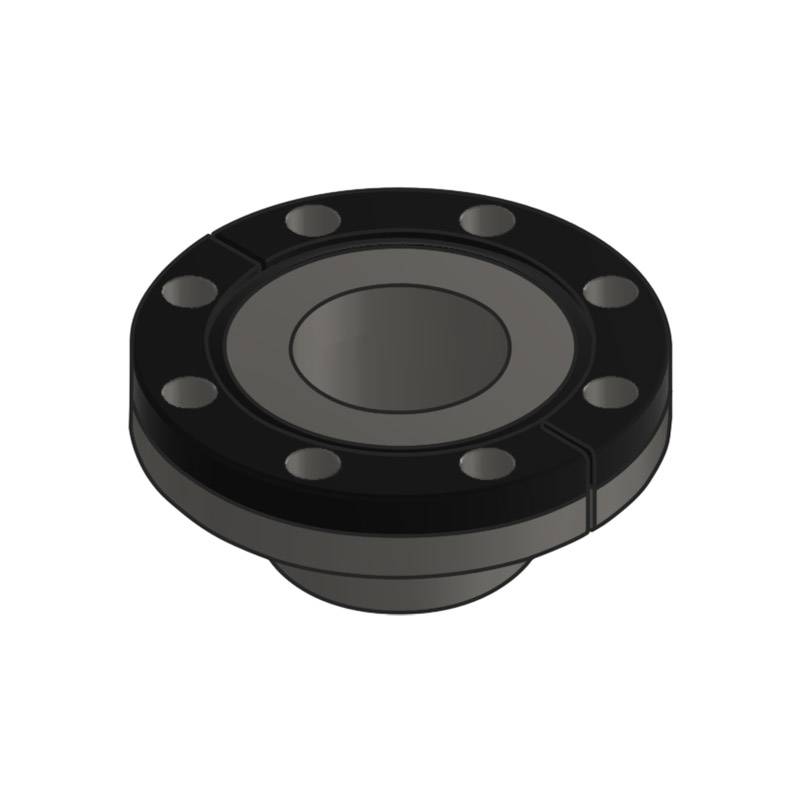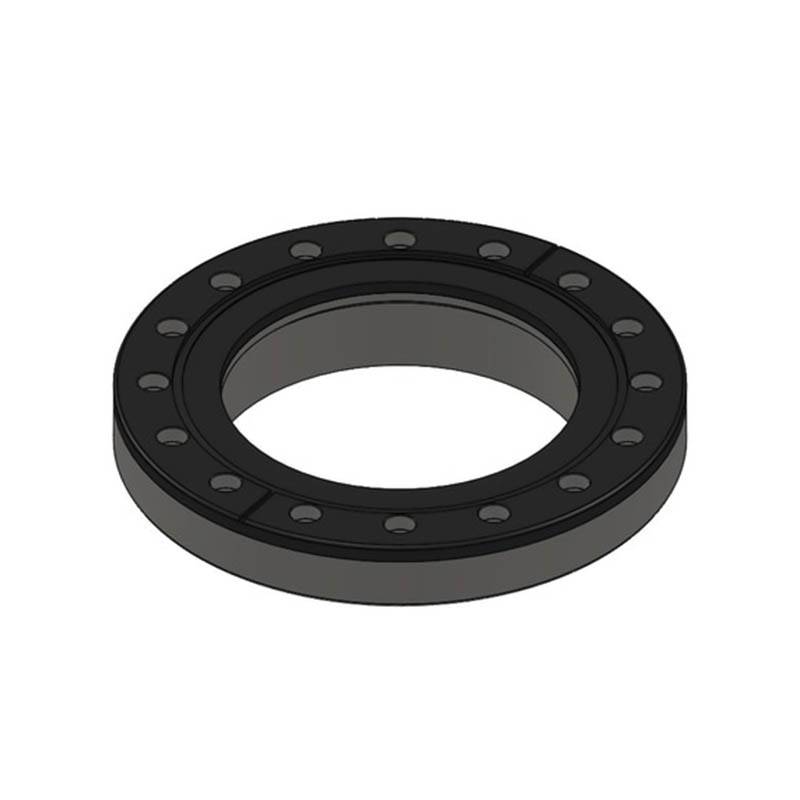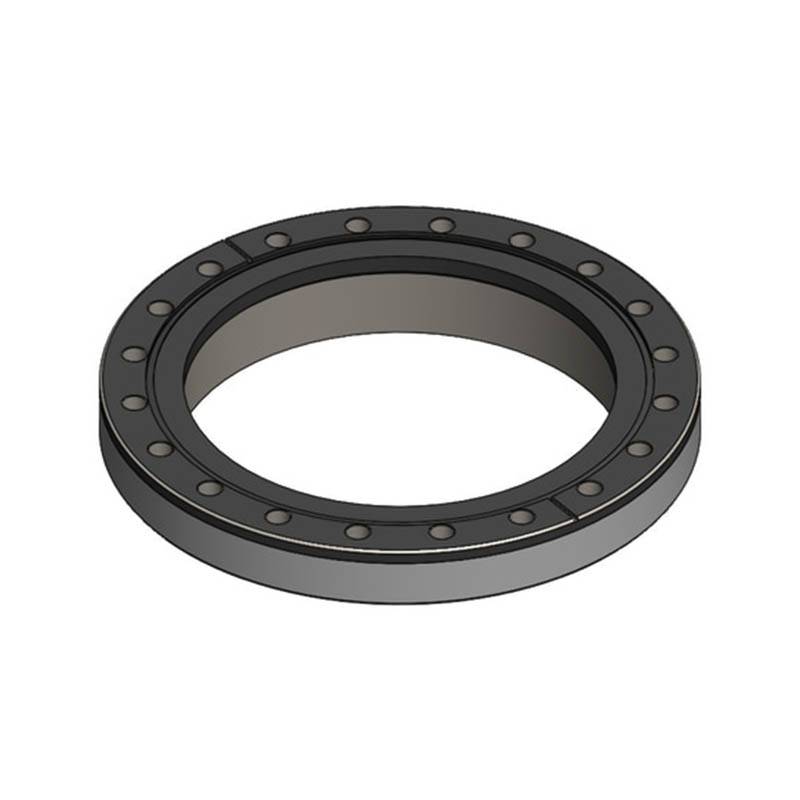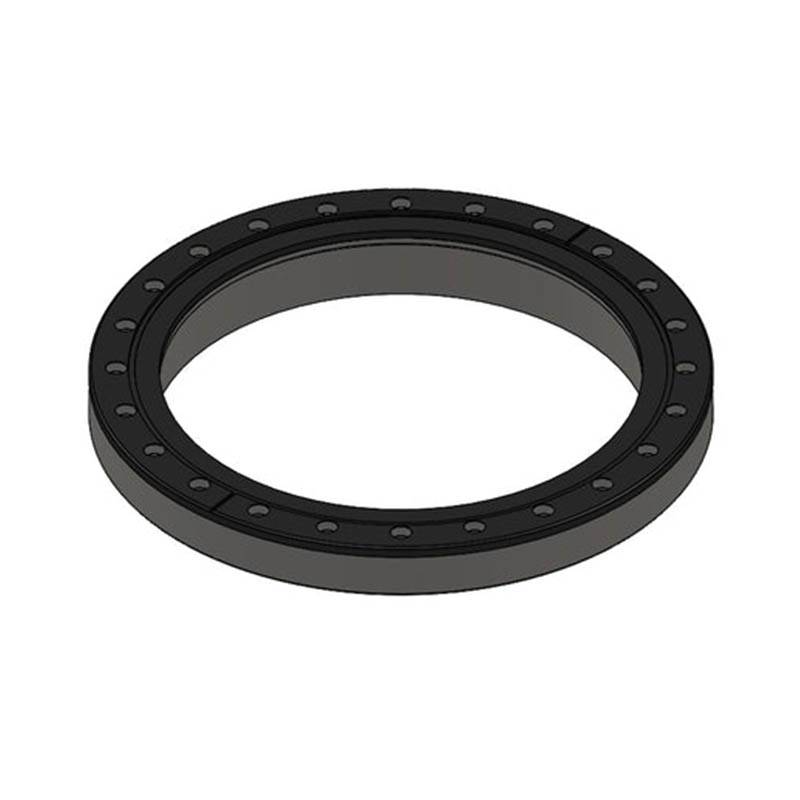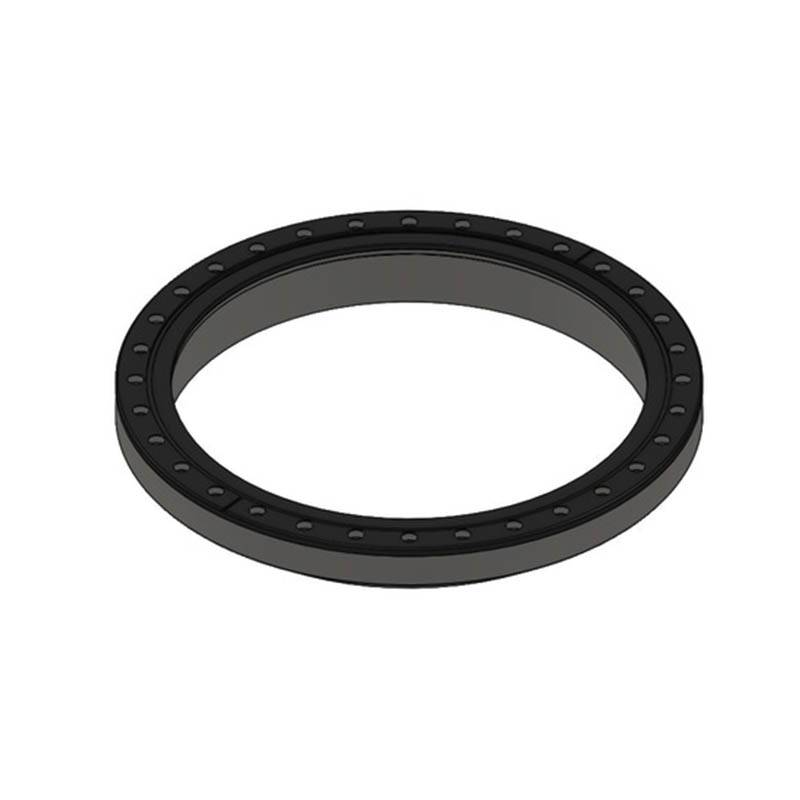304L SS-Al Bonded Bimetal CF Flanges
Bimetal and titanium vacuum flanges are temporarily unavailable. Please contact our customer service team for alternative options.
304SS to 6061-T6 Aluminum Bimetal ConFlat flanges offer users the unique ability to harness the properties of two different metal alloys in their UHV or XHV processes from bimetal explosion bonding. LOS 304SS/Al bimetal CF flanges are available in industry-standard sizes (mini 1.33″ to 12.0″), rotatable and fixed geometries, and various bolt hole orientations.
With a 304 stainless steel facing, 304SS-Al bimetal flange users can capitalize on an aluminum system connection while retaining industry-standard 304SS alloy benefits such as excellent knife edge retention. Aluminum system connections provide increased vibration dampening, decreased outgassing paths, and greater thermal conductivity and diffusivity.
304SS-Al Bimetal CF Flanges are well-suited for chemical processing, pharmaceuticals, and research applications where a combination of corrosion resistance and strength is crucial.
Aluminum Material Benefits
- Enhanced Thermal Conductivity: Aluminum boasts a thermal conductivity that is more than 10 times that of stainless steel, ensuring efficient heat transfer within your vacuum systems.
- Greater Thermal Diffusivity: Aluminum has a thermal diffusivity 17 times that of stainless steel, aluminum enables fast, uniform bakeouts, helping achieve UHV levels in less than 24 hours for most aluminum chambers.
- Superior Vibration Dampening: With a Young’s modulus approximately 1/3 of stainless steel, aluminum provides better vibration dampening, ensuring stable and reliable operations.
- Hydrogen Minimization: Aluminum reduces the risk of hydrogen-related issues in critical applications with 7 orders of magnitude less Hydrogen than stainless steel
- Magnetic Invisibility: Aluminum is magnetically invisible compared to stainless steel, making it an excellent choice where magnetic interference must be minimized.
- Low-Temperature Bakeout: Aluminum flanges support low-temperature bakeouts of 150°C, enabling efficient and controlled processes.
- Lower Outgassing Rates: Aluminum exhibits lower outgassing rates compared to stainless steel, contributing to a cleaner and more reliable vacuum environment.


